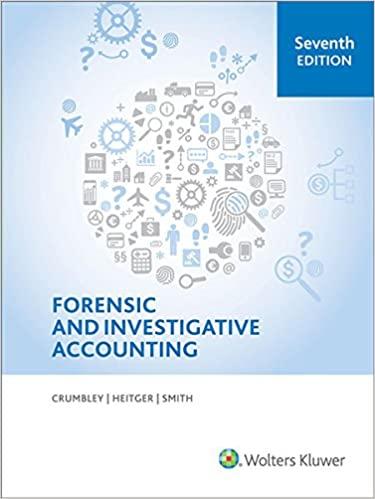Question
Note : I posted Question before but the answer is not correct as my teacher said and I posted again please answer correctly Question: Q4
Note : I posted Question before but the answer is not correct as my teacher said and I posted again please answer correctly
Question: Q4
Flounder Inc. is a retailer using a perpetual inventory system. All sales returns from customers result in the goods being returned to inventory. (Assume that the inventory is not damaged.) Assume that there are no credit transactions; all amounts are settled in cash. You are provided with the following information for Flounder Inc. for the month of January.
| Date | Description | Quantity | Unit Cost or Selling Price | |||||||||
| Dec. | 31 | Ending inventory | 160 | $19 | ||||||||
| Jan. | 2 | Purchase | 100 | 23 | ||||||||
| Jan. | 6 | Sale | 180 | 38 | ||||||||
| Jan. | 9 | Sale return | 10 | 38 | ||||||||
| Jan. | 9 | Purchase | 75 | 24 | ||||||||
| Jan. | 10 | Purchase return | 15 | 24 | ||||||||
| Jan. | 10 | Sale | 50 | 45 | ||||||||
| Jan. | 23 | Purchase | 100 | 27 | ||||||||
| Jan. | 30 | Sale | 120 | 51 | ||||||||
(a)
Using Average cost of goods method, calculate (i) cost of goods sold, (ii) ending inventory, and (iii) gross profit. (Assume sales returns had a cost of $19 and purchase returns had a cost of $24.)
| Cost of goods sold | $ | |
| Ending Inventory | $ | |
| Gross Profit | $ |
Step by Step Solution
There are 3 Steps involved in it
Step: 1

Get Instant Access to Expert-Tailored Solutions
See step-by-step solutions with expert insights and AI powered tools for academic success
Step: 2

Step: 3

Ace Your Homework with AI
Get the answers you need in no time with our AI-driven, step-by-step assistance
Get Started


